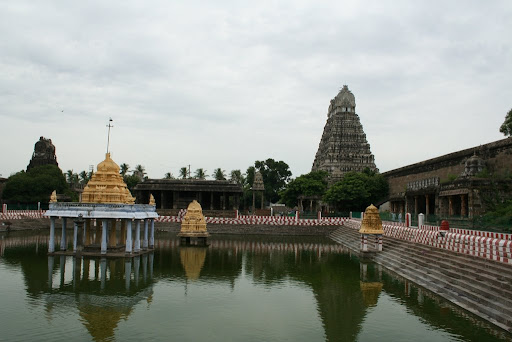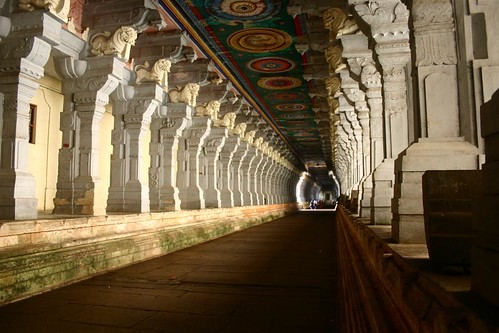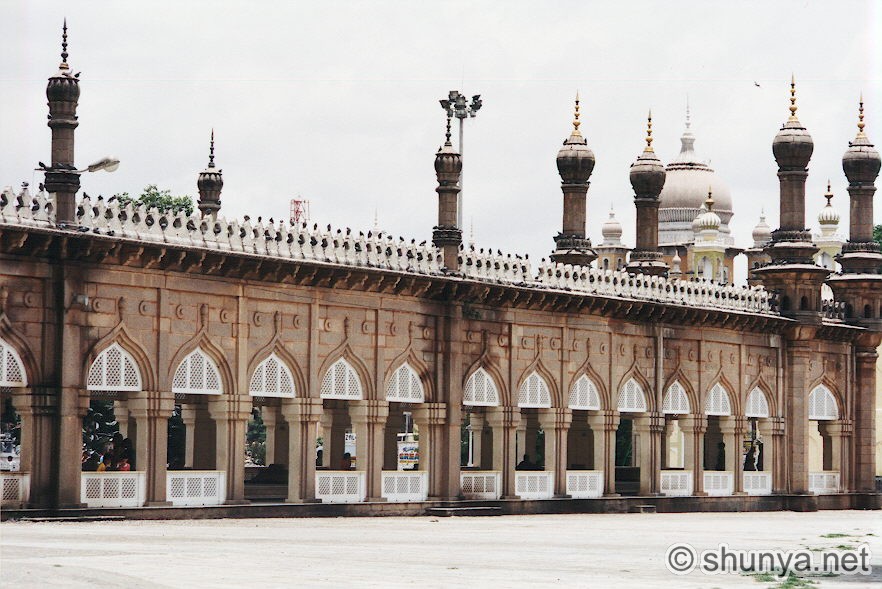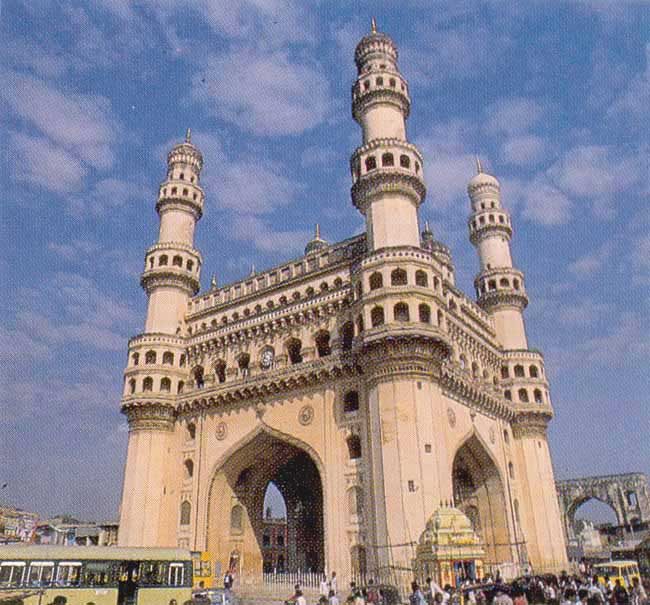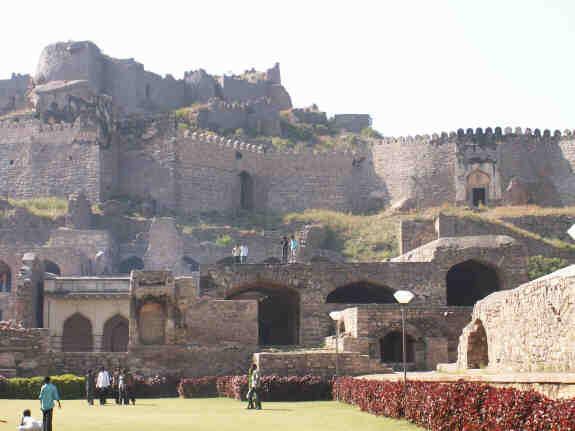
Sriparvata, Vijayapuri, Nagarjunakonda - call it by any name but it remains today the modern day Nagarjunasagar - an engineering marvel, largest masonry dam and one of the largest man-made reservoirs.
Nagarjunasagar, a massive irrigation project on the River Krishna, about 150 kms from Hyderabad, has a rich and interesting past. It was a valley in the Nallamalai range of the Eastern Ghats with civilizations dating back to thousands of years. Recorded history, however, assigns the first signs to the later Satavahanas and subsequently the Ikshvakus in the third century.
Archaeologists assert that the fertile Krishna Valley hummed with life in the third millennium BC, the Neolithic age and then the Megalithic age around 1500 BC.
The tallest masonry dam in the world, Nagarjunasagar stands about 124 metres high, creating one of the largest man-made lake with a capacity of 11, 472 million cubic metres. The water spread of the reservoir is about 380 sq.kms.
The main canals - Jawaharlal (on the right) and Lal Bahadur (on the left) carry water to two regions of the State - parts of Coastal Andhra and Telangana. The canal system under this magnificent hydro-electric project is over 40,000 kms cumulatively.
Jawaharlal Nehru called Nagarjunasagar a "modern temple". The Sriparvata and Vijayapuri of yore were really temples where the famous savant and Buddhist disciple Acharya Nagarjuna preached the message of Tathagatha during the lifetime of the Lord Himself.
With a decision being taken to build a dam at the site, large-scale excavations were carried out during a special project to retrieve most of what could be. The special project, under the stewardship of R. Subramanyam, went on for six years from 1954 to unearth a cultural sequence from the early stone age to medieval times.
Anupu
To avoid submersion of the outstanding structures in the valley, a rare feat of reconstruction and relocation of the remains was taken up, using the original raw material. Anupu, four kms from the dam site, was chosen for relocation of a Buddhist University, the ruins of which were found during the special excavations.
The painstaking reconstruction using a technique adopted for the first time in the country ensured that serenity of the seat of learning was preserved. The transplanting was done along the lines of those at Abu Simbel (Aswan Dam Project) in Egypt.
Nagarjunakonda
As the area was threatened with submergence by the reservoir the Archaeological Survey team made determined efforts to virtually transplant nine monuments from the valley onto Nagarjunakonda (the Hill of Nagarjuna) where they stand now in almost the original form in which they were found.
While most of the monuments were relocated at Nagarjunakonda, the hill that now forms an Island in the middle of the reservoir. A museum at Nagarjunakonda contains Buddhadatu or relics excavated from the valley.
The museum at Nagarjunakonda is a structure modelled along the lines of a "Vihara" and contains a number of precious artefacts of all cultural periods through which the valley passed. Carved limestone and stone slabs, inscriptions and sculptures dating to the third and fourth century AD constitute a majority of the exhibits, arranged methodically in five galleries.
The sculpture at Nagarjunakonda brings out the mastery of the Satavahanas and the Ikshvakus. The themes are mainly from episodes involving the Buddha but the outstanding example of the sculpture of that age is the life-like depiction of the Enlightened One. The Buddha images, be they in the 'sthanaka (standing) or 'asana (sitting) position, beautifully portray a serene oval face with a moderately-built body and rounded shoulders. The right hand is held up in the symbolic gesture of 'abhaya (protection) or 'pravachana (preaching).
One can transport oneself into that glorious age through a model of the submerged valley, exhibited in one of the galleries at the museum. The Nagarjunakonda island is approachable by motor launch.
Ettipotala
Eight kms from Nagarjunasagar is the Ethipothala waterfall. Ethipothala in Telugu means to 'lift and pour' and the impressive picnic spot has the hill stream Chandravanka cascading down 22 metres to join the mainstream Krishna river. The waterfall has created a beautiful lagoon below. After sunset, the waterfalls are illuminated by dynamic lighting. A crocodile breeding centre has been located here by the Forests Department. APTDC has Punnami restaurant here with two rooms attached.
Tiger Sanctuary
The largest wildlife sanctuary in Andhra Pradesh lies between Nagarjunasagar and upstream Srisailam. Spread over 3,500 sq.kms., it encompasses thickly wooded hills in five districts - Nalgonda, Kurnool, Mahboobnagar, Guntur and Prakasam.


 Pagoda Point
Pagoda Point 




